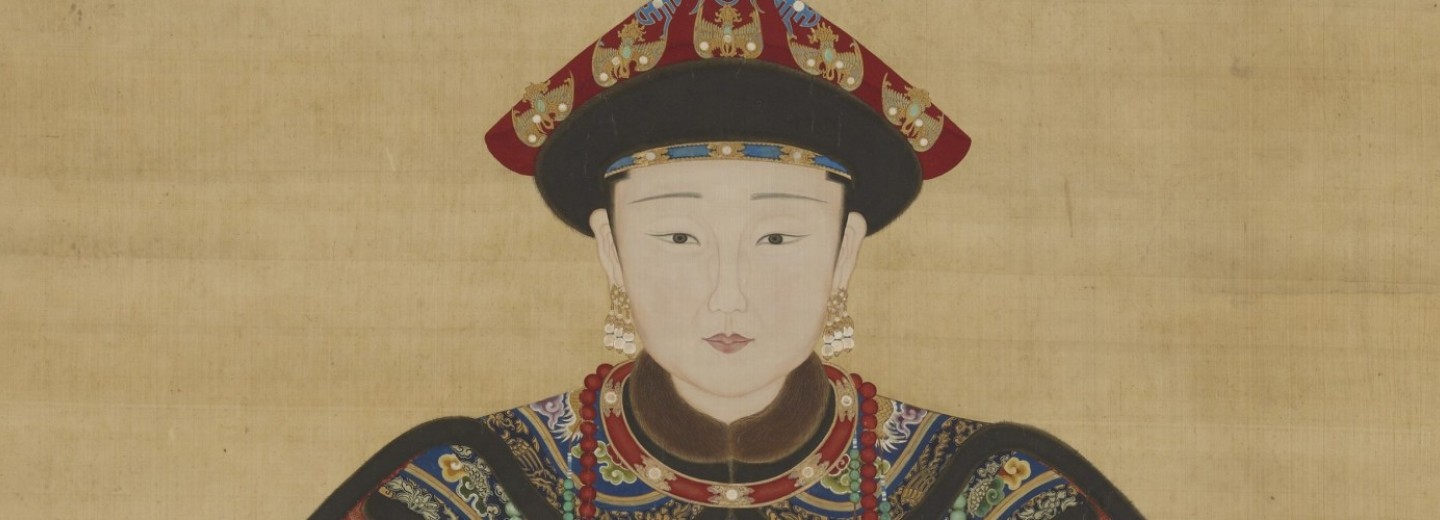The invention of China
I find the articles in Foreign Affairs interesting, insightful, and balanced – whether I agree with the writers’ views or not. This month’s edition is no exception. In an article entitled ‘Identity Politics with Chinese Characteristics’, Odd Arne Wested, who is Elihu Professor of History and Global Affairs at Yale University, reviews a new book on China by Bill Hayton – ‘The Invention of China.’ So, naturally, I had to buy the book! It may seem odd to review a book and review the reviewer, but I hope both Professor Wested and Bill Hayton appreciate different thoughts about an interesting and important subject.
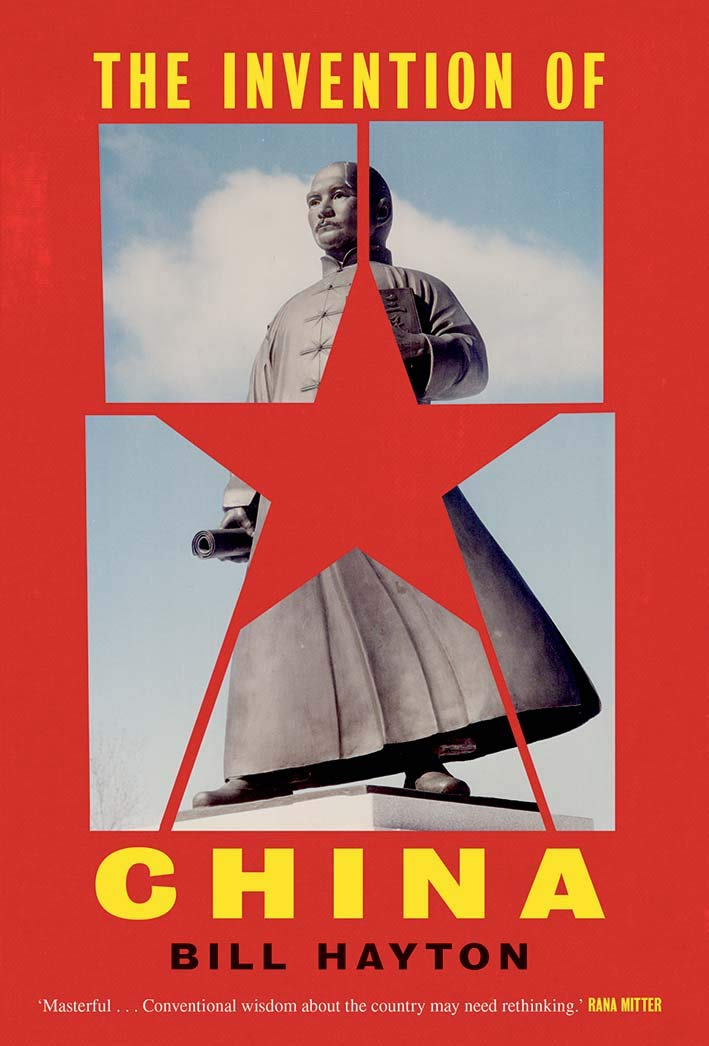
Bill Hayton was appointed an Associate Fellow with the Asia-Pacific Programme at Chatham House in 2015 and has worked as a journalist with BBC News since 1998. His book is very well researched and interesting to read. He has uncovered facts that few will know.
Bill Hayton tries to answer the questions posed by his reviewer: “What is China? The answer is less obvious than it seems. Is the vast territory primarily a country, a civilization, or a political construct?
Is it an empire or a nation-state? Is it a region with different languages and cultures or a (mostly) homogeneous people in which the great majority are closely connected by common traditions and ancestors?”
The accepted story
The popular narrative of the China story goes something like this:
about twelve thousand years ago, groups of nomads settled in the fertile river valleys of the central plains in the northeast of a vast land area bordering the Gobi Desert. Their numbers grew rapidly as food was plentiful, they were hard working and well organised. Several kingdoms emerged over the millennia, as did writing, literature, pottery, brass work. Their philosophers debated the nature of society and recommended ideal rituals of behaviour. The kings were good or bad from time to time as kings were. Eventually wars broke out between the kingdoms and chaos ensued for several hundred years.

In 221 BCE a king emerged from the Qin state who fought all the other states and won. He became known as the First Emperor and unified what was to become China. Thereafter China was ruled by a series of dynasties. It became a huge country with a massive population. It dominated the world economy. Its major scientific advances spread to other nations. The nation’s fortunes varied as the dynasties waxed and waned.
In the 18th and 19th centuries, just as the Qing dynasty, that had ruled China since 1644, was in decline, western nations arrived with vastly superior technologies and armaments – and opium. They defeated the Chinese forces easily and appropriated parts of China’s territories for trade and for the sake of their hungry economies.
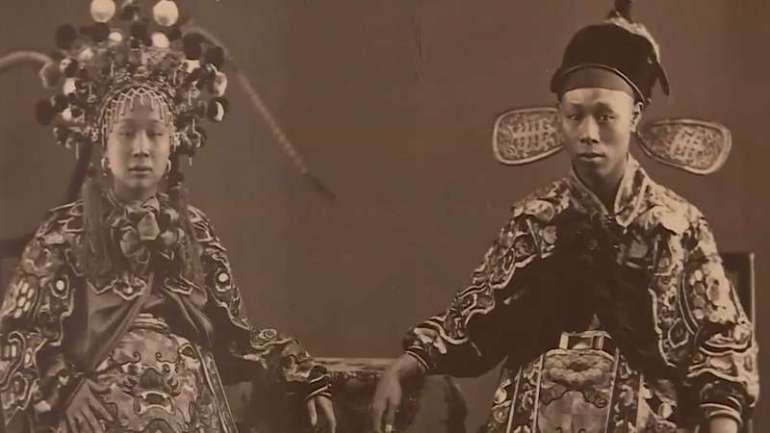
The population, led by several sophisticated intellectuals, later revolted against the last Emperor, established a republic, and ousted the Qing dynasty in 1912. This revolution coincided with revolutions elsewhere that were trying to introduce a new political philosophy – communism. After decades of civil war, the communists in China won and continue to rule China today. The Chinese Communist Party’s (CCP) aim is to rebuild the Chinese nation from its ‘century of shame’. In their view, China must push back against the dominance of the western powers that led to its shame. This dominance still prevents the Chinese Nation from resuming its rightful place in the world.
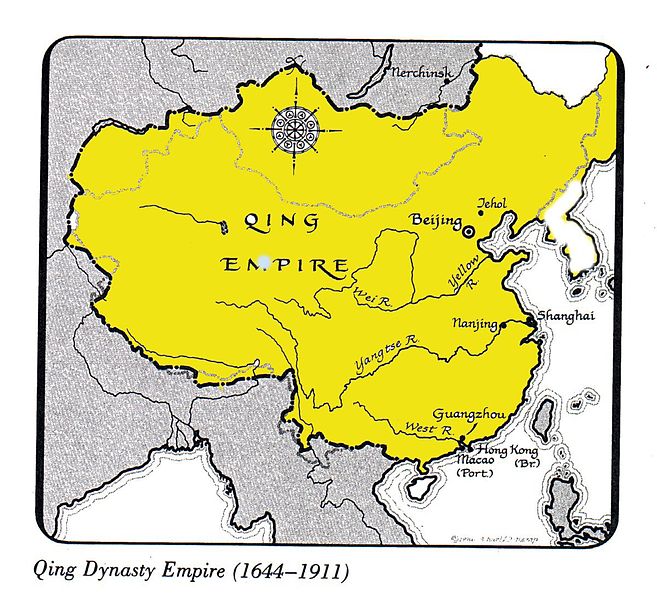
Bill Hayton’s view
This story is nonsense, Bill Hayton maintains – albeit politely. It is an invention by the Communist Party of China to suppress dissent and better homogenise the many different groups of Chinese people.
Hayton’s book is filled with entertaining stories and examples of how he believes the CCP’s current way of thinking has emerged. It is fascinating to read and well told. He goes into detail about the characters and incidents of the first half of the 20th century. He discusses language and ethnicity among the many ‘tribes’ that have been part of China for centuries. And he includes numerous references to Hong Kong, Taiwan, Xinxiang, and Tibet.
He believes he shows the careful construction behind the official words, feelings, and ‘facts’. These are good stories to motivate Chinese citizens. They do not however represent the whole truth. As his reviewer writes:
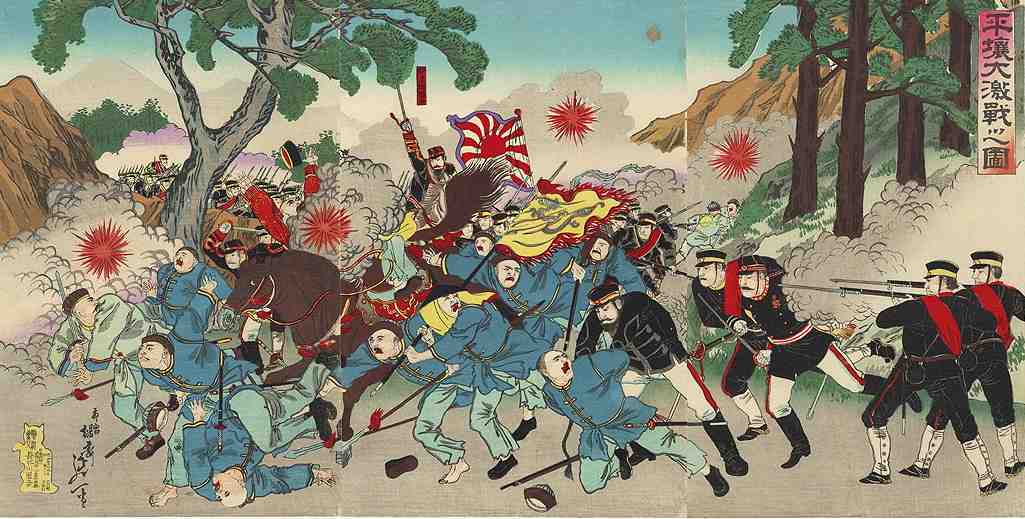
Qing Dynasty in Decline
Professor Wested continues:
And this surely is the crux of the matter and my disagreement with both writers. In the two, almost adjacent, sentences above, Professor Wested sums up – on behalf of Bill Hayton – the problem. The Chinese stories are not wrong. The international system is dominated by Western powers. It is a logical conclusion for Chinese people and the CCP to believe that the ‘international order’ is rigged against them.
It certainly is
As Bill Hayton admits, all nations use storytelling to motivate citizens and create feelings of identity among them. From Shakespeare to Churchill, Lincoln to Bush, Lenin to Putin, Thatcher to Johnson, Bismarck to Hitler, Western politicians and the media have done the same – and still do. All nations have come through discordant and inconsistent times; all have inconsistent values.
Yet something curious happens to almost every Westerner who writes about China, however academic and open-minded they may wish to be. All view China and its policies through Western eyes, values, and culture. I am a Westerner by origin too. But I have had the enormous privilege and pleasure of living and working with Chinese people for over 40 years. Both writers know a lot more than me about Chinese history and politics. But I have ‘lived’ China and still do. Chinese culture is almost impossible to comprehend without spending a long time within it. Historical facts are meaningless unless seen against the cultural background. So here are my ‘facts’:
- Western powers DID carve up China among themselves. This cartoon appeared in Paris in 1898 after almost a century of Western exploitation of China. Western powers were clearly aware of exactly what they were doing.
- The economic and geo-political world today is still dominated by Western powers. Recently in the South China Morning Post Alex Lo writes of the number of media column inches devoted to Hong Kong democracy riots (no deaths) compared with those in Mexico where at least 60 people died.
- The issues Bill Hayton has with China’s treatment of ethnic groups, languages and cultures are common everywhere not just in China. Consider the treatment of Basque separatists, Scottish independence, the Falkland Islands, Gibraltar, and numerous others. Governments of all political persuasions like homogeneity.
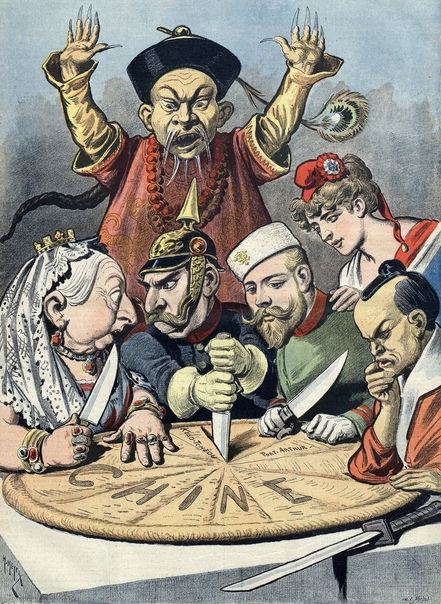
As I pointed out in a post almost a year ago when reviewing two other books, perceptions of China change radically from West to East. In considering the West’s pre-occupation with ‘human rights’, evangelism, closely linked to colonialism, is very much alive and well. The assumption in the Western world is still that the Western way is the natural, proper, order of things. Others beg to differ…
Whatever Mr Wested and Mr Hayton may believe, the Chinese Government is more popularamong Chinese people than any Western government in its own country. Every country writes its own history and tells its own stories in the way it believes will best serve the nation.
I admire Bill Haydon’s book enormously. I enjoyed reading it and learned a lot. As a ‘Reasonable Man’, I accept he is entitled to his opinions, as is his reviewer. Only with difficulty can we escape our culture and background.
In any case, the Chinese Government will continue doing what it thinks is best for China – as it should – whatever our views!
Worked on the article:

Wanlikhang


